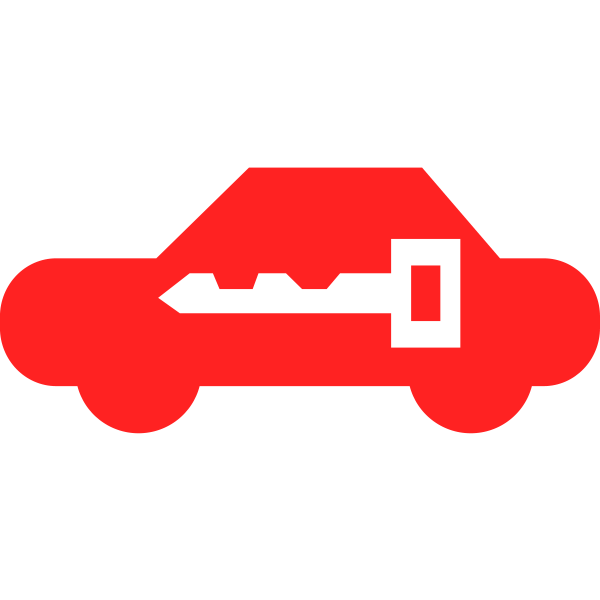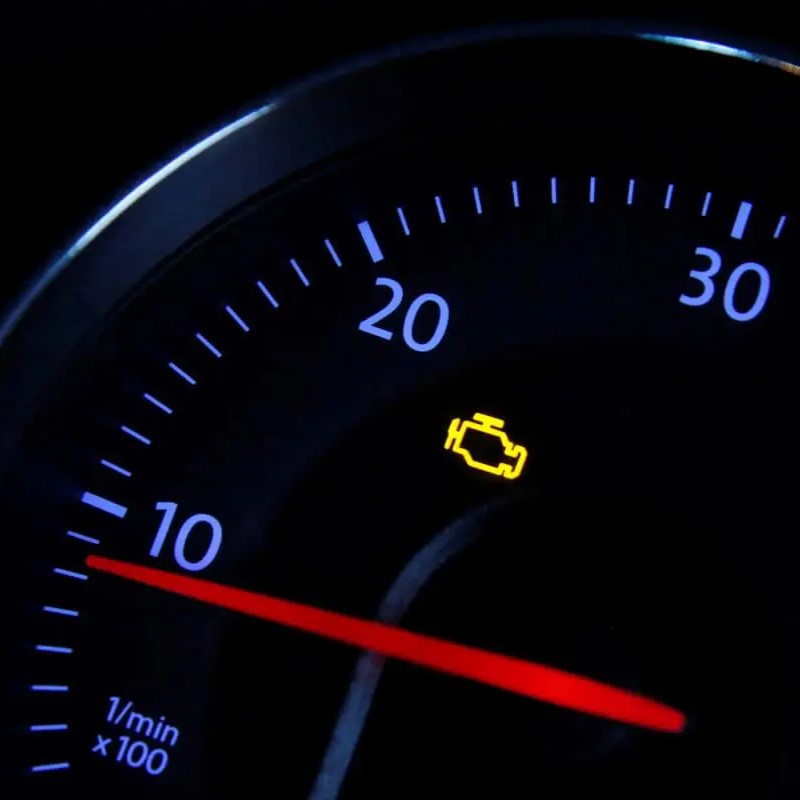The Anti-lock Braking System (ABS) light on your dashboard can send shivers down any driver’s spine. It’s a warning that this crucial safety feature might not be functioning properly. But before you panic, take a deep breath. While a lit ABS light signifies a problem, it doesn’t necessarily mean your car is unsafe to drive. Let’s delve into what the ABS light means, the potential causes behind it, and the steps you should take to address it.
Understanding ABS: Your Guardian Angel During Braking
Firstly, let’s understand what ABS does. During hard braking, wheels can lock up, causing them to skid instead of rotate. This loss of traction reduces your car’s ability to steer and come to a safe stop. ABS prevents this by rapidly applying and releasing brake pressure, maintaining tire rotation and allowing you to maintain control of the vehicle.

The Illuminated Messenger: Decoding the ABS Light
When the ABS light illuminates, it signifies a malfunction within the system. This doesn’t render your entire braking system inoperable. Your standard brakes will still function, albeit without the anti-lock capability. However, it’s crucial to address the issue promptly to ensure optimal braking performance and safety.

Common Causes Behind a Lit ABS Light:
Several factors can trigger the ABS light. Here are some of the most frequent culprits:
- Low Brake Fluid: Brake fluid is the lifeblood of your braking system. If the level falls below the recommended limit, it can lead to air entering the system, causing the ABS to malfunction. Regularly checking your brake fluid level is a simple yet effective preventive measure.
- Worn Brake Pads: Worn brake pads can disrupt the signal sent by the wheel speed sensors, confusing the ABS system. Replacing brake pads when they reach their wear limit is essential not only for ABS functionality but also for overall braking efficiency.
- Faulty Wheel Speed Sensor: These sensors monitor the speed of each wheel. A malfunctioning sensor can send inaccurate data to the ABS module, triggering the warning light.
- Damaged ABS Module: The ABS module is the brain of the system, interpreting sensor data and controlling brake pressure. While less common, a faulty module can necessitate replacement.
- Blown Fuse: A blown fuse can disrupt power supply to the ABS system. Checking the fuse box for a blown fuse is a relatively easy step, though consult your car’s manual for the specific location.

Taking Action: What to Do When the ABS Light Comes On
If your ABS light comes on, here’s how to proceed:
- Visual Inspection: Perform a basic visual check of your brake system. Look for any leaks, cracks, or damage to the brake lines, hoses, or components.
- Check Brake Fluid Level: Open the hood and locate the brake fluid reservoir. Consult your car’s manual for the recommended level and top it up if necessary. Remember, adding fluid might be a temporary fix; a professional diagnosis is still advisable.
- Schedule a Service Appointment: Don’t ignore the warning light. Take your car to a qualified mechanic for a proper diagnosis. They can pinpoint the exact cause of the malfunction and recommend the necessary repairs.

Driving with a Lit ABS Light: Safety Considerations
While your car might be drivable with a lit ABS light, it’s essential to exercise caution. Here’s why:
Reduced Braking Performance:
Without ABS, your wheels are more prone to locking during hard braking, impacting your ability to steer and increasing stopping distances.
Compromised Safety in Slippery Conditions:
ABS is particularly beneficial on wet, icy, or snow-covered roads. Without it, maintaining control during emergency braking maneuvers becomes more challenging.
Therefore, it’s advisable to minimize driving with a lit ABS light, especially in adverse weather conditions. If you must drive, practice increased following distances, avoid sudden braking, and be extra cautious in slippery situations.

Advice on regular maintenance practices to prevent ABS light activation
A lit ABS light can be a nerve-wracking experience, but with some proactive maintenance, you can minimize the chances of it ever coming on. Here are key practices to keep your ABS system happy:
-
Become a Brake Inspection Champion: Regularly inspect your brakes for signs of wear and tear. Worn brake pads can disrupt sensor signals and trigger the ABS light. Aim for inspections every 6 months or 12,000 miles, and replace pads when they reach the manufacturer’s recommended minimum thickness.
-
Befriend Your Brake Fluid: Low brake fluid is a common culprit behind ABS malfunctions. Make checking the fluid level part of your routine maintenance. Refer to your car’s manual for the proper reservoir location and recommended level. Remember, adding fluid might be a temporary fix; a professional inspection is recommended if the level drops frequently.
-
Keep it Clean: Avoid fluid contamination in your brake system. This means using only the brake fluid type specified by your car’s manufacturer and never mixing different types. Contamination can throw off sensor readings and lead to ABS issues.
-
Consult Your Owner’s Manual: Your car’s manual is a wealth of information, including specific maintenance schedules for your ABS system. Following these recommendations can help identify potential problems before they trigger the warning light.
-
Don’t Skip Routine Maintenance: Regular brake maintenance goes beyond just pads and rotors. A comprehensive service by a qualified mechanic can identify potential issues with wheel speed sensors, ABS modules, and other system components before they lead to a malfunction.
By incorporating these practices into your car care routine, you can significantly reduce the risk of an illuminated ABS light. Remember, a healthy braking system, including a functioning ABS, is vital for your safety on the road.
Prevention is Key: Maintaining a Healthy ABS System
Here are some tips to keep your ABS system functioning optimally:
- Regular Brake Maintenance: Regular brake inspections and timely replacement of worn pads and rotors ensure optimal braking performance and minimize the risk of ABS malfunctions.
- Avoid Fluid Contamination: Never mix different brake fluid types, and use only the fluid recommended by your car’s manufacturer. Contamination can compromise the system’s performance.
- Consult Your Owner’s Manual: Refer to your car’s manual for specific maintenance schedules and recommendations for your vehicle’s ABS system.
By understanding the ABS light, its potential causes, and the necessary steps to address it, you can ensure your car’s braking system functions optimally, keeping you safe on the road. Remember, a little knowledge and proactive maintenance can go a long way in preventing problems and ensuring a smooth ride.





